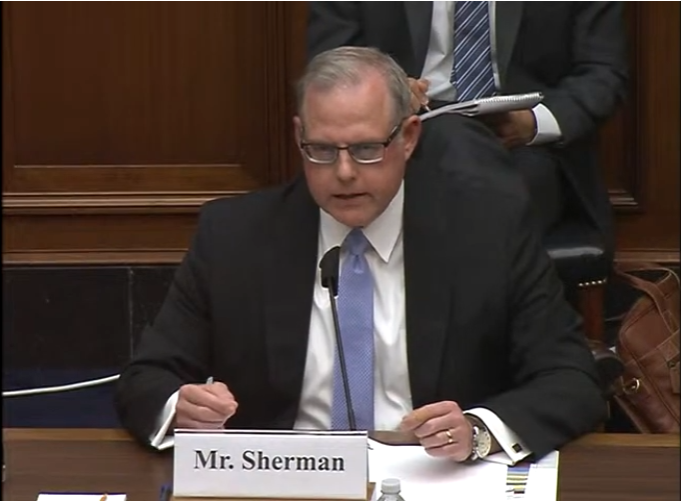
by Walter T. Ham IV
DISA Public Affairs
The Defense Information Systems Agency has delivered the initial Department of Defense Zero Trust Reference Architecture to help the U.S. military maintain information superiority on the digital battlefield.
DISA personnel worked with the DoD Chief Information Officer, U.S. Cyber Command and the National Security Agency to develop the initial DoD Zero Trust Reference Architecture.
DISA’s Cyber Development Directorate and Architecture and Standards Engineering Office worked as a part of the joint NSA and DISA Zero Trust program office.
“From start to finish, the development of this initial DoD ZT Reference Architecture has been a true team effort,” said Joe Brinker, the DISA Security Enablers Portfolio manager. “The partnership we’ve fostered through this process with our NSA, Cyber Command and DoD CIO mission partners was integral toward the development of a comprehensive reference architecture that was unanimously approved by DoD senior leadership.”
“Additionally, the DISA Architecture and Standards Engineering Office and Joint Interoperability Test Command teams also provided critical direct and indirect support that significantly enabled the development of the reference architecture,” said Brinker.
Zero Trust is a cybersecurity strategy and framework that embeds security throughout the architecture to prevent malicious actors from accessing the most critical assets.
“The intent and focus of zero trust frameworks is to design architectures and systems to assume breach, thus limiting the blast radius and exposure of malicious activity,” said Brandon Iske, DISA Security Enablers Portfolio chief engineer.
Moving from network-centric to data-centric cybersecurity model, zero trust is a paradigm shift that leverages three guiding principles: Never trust, always verify; assume breach; and verify explicitly.
“Moving forward, DISA will continue to partner with DoD components in planning the implementation of ZT across the department and the development of ZT-aligned enterprise capabilities,” Brinker said.


